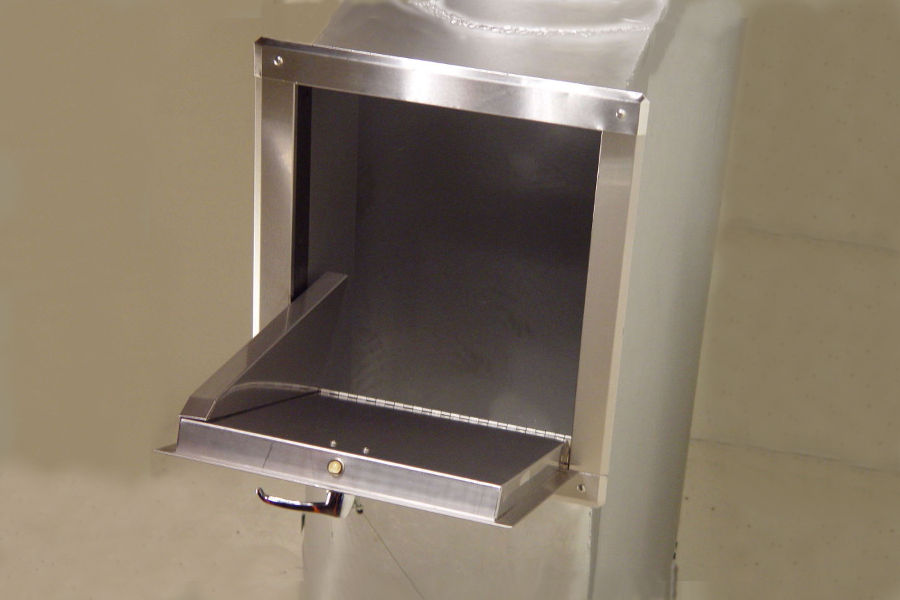We asked the experts at Dial-A-Bug to share with us insights on maintaining pest-free buildings. Compactor and chute cleanliness is key when it comes to pest control.
When you think about pest control, what comes to mind? Likely, a technician with a tank treating problem areas in your building. The most pro-active pest control is to address problem areas before they become problems. Preventive pest control is the answer.
One of the most forgotten “out of sight” places is the compactor room and the chutes hidden in the belly of the building. Neglecting this one area can cause a building-wide issue.
It’s easy and simple for the residents: come out of their unit, open the hopper door, and dispose of their trash bag. Out of sight, out of mind. But what happens to that bag on its way down to the compactor? Does it rip on the third floor and spill a juice box down three stories? Does last night’s Chinese food cover the walls of the chutes? Or does an unfinished ice cream cone find a home lodged somewhere between the 1st and 2nd floor?
That’s why compactor chute cleaning and treatment is an essential part of any pest control program, and often the most forgotten service, until it awakens another sense — the sense of smell. It’s best to not wait until it reaches this point.
Without regular cleaning and treatment, the compactor and chutes become a breeding ground for vermin. You will never be able to stop the garbage spillage. However, you can create a plan to manage it. After all, it’s called pest “control” for a reason.
A high-quality compactor chute cleaning vendor manages the cleaning and treatment of your compactor and chutes, and maintains a healthy and sanitary environment.
When it comes to compactor chute cleaning, all of the work is done from the top floor down. Every chute on every floor is sprayed with a commercial grade degreaser. Once each floor has been sprayed with a degreaser, an experienced crew starts the hot water power washing from the top down.
Have you ever tried to clean greasy dishes with cold water? Cold water does not dissolve grease. Make sure any vendor you use utilizes a hot water process, which will do a great job dissolving the grease (especially when coupled with a degreaser).
Rotting food and garbage will get washed away, along with any roaches, water bugs, and any eggs left behind.
The final step that you should make sure happens is a treatment — once again, from the top floor down. The chutes and compactor are treated with an insecticide and an insect growth regulator. Any vermin that return to their prior feeding ground will be eliminated by the treatment process.
The final benefit to a regularly maintained and treated compactor room, compactor, and building chutes, is simply that it is often the first area building inspectors check when examining a building’s pest control protocols, so you’ll start off with flying colors!
Through proper sanitation and garbage disposal, building owners have a very cost effective way to avoid violations.
Peggy Kass is the General Manager at Dial-A-Bug Pest Control. For more information about Dial-A-Bug and their services visit https://www.dialabug.com.




